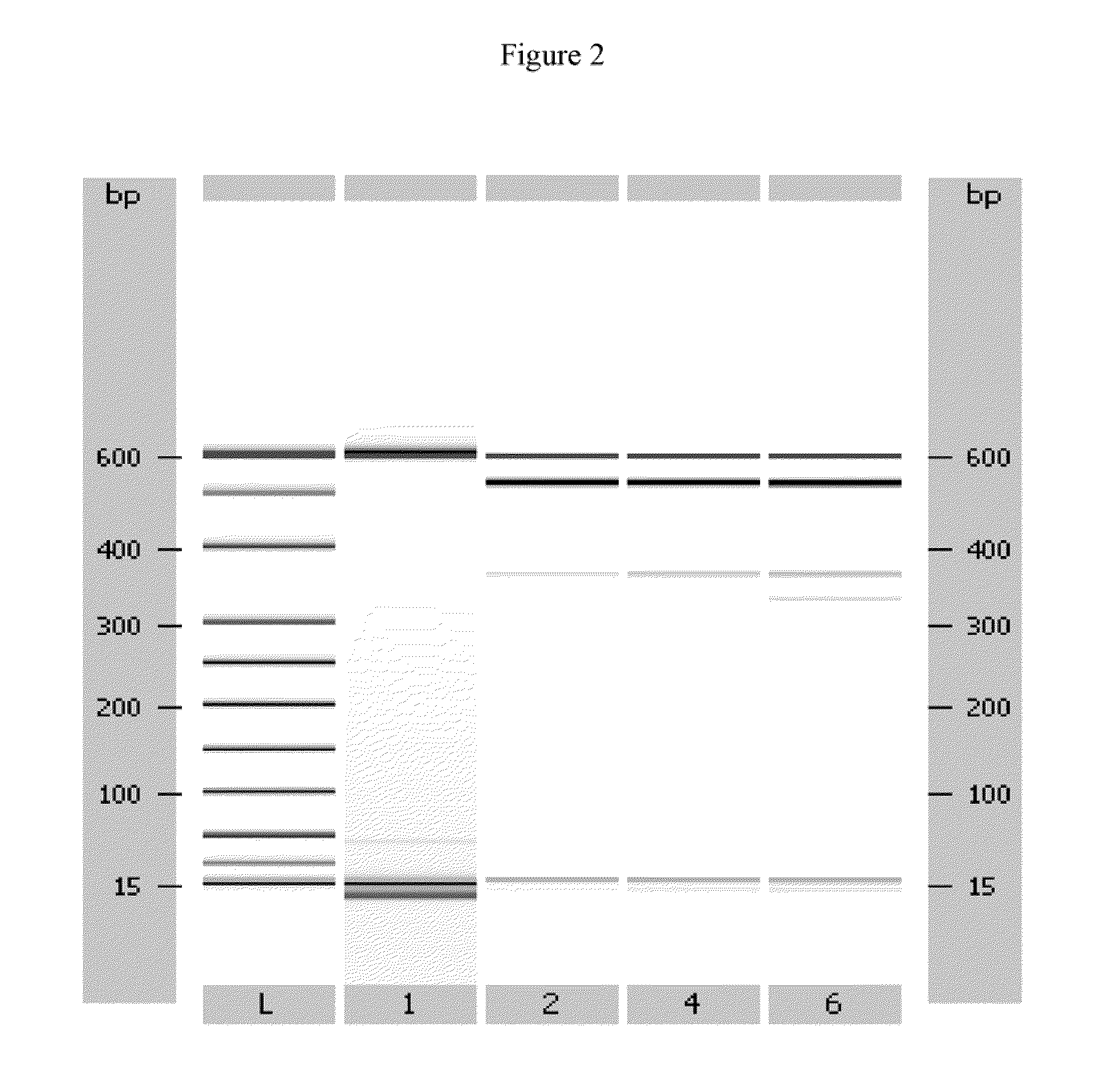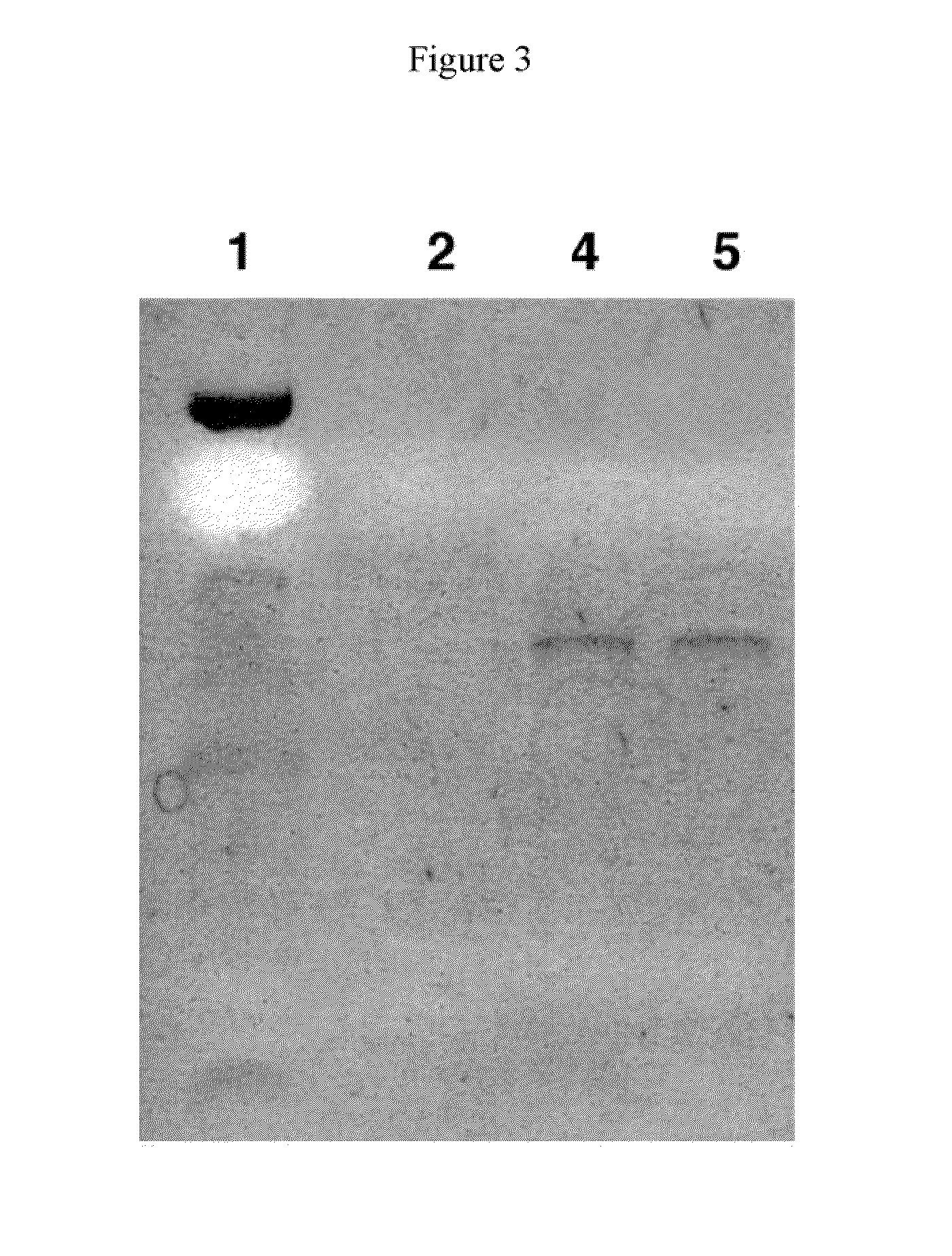Ophthalmic Device, and Method of Use Thereof, for Increasing Ocular Boundary Lubrication
a technology of ophthalmic devices and lubricating properties, which is applied in the field of ophthalmic devices, can solve the problems of loss of boundary lubrication ability of synovial fluid, increased protease levels in the synovial fluid, and increased inflammation in surrounding tissues, so as to reduce static and kinetic friction coefficient, promote hyperosmolarity, and reduce the effect of ocular boundary lubrication
- Summary
- Abstract
- Description
- Claims
- Application Information
AI Technical Summary
Benefits of technology
Problems solved by technology
Method used
Image
Examples
example 1
PRG4 mRNA Expression in Human Corneal and Conjunctival Epithelial Cells
[0091]Human corneal epithelial cells were isolated from the corneoscleral rims of male and female donors. Cells were processed either directly (n=8), or first cultured in phenol red-free keratinocyte serum free media (n=2). Bulbar conjunctivae (n=2), conjunctival impression cytology samples (n=9), immortalized human conjunctival epithelial cells after culture (n=1), NOD mouse lacrimal glands (n=5 adult mice / sex, 10 glands / sample), and BALB / c mouse meibomian glands (n=7 adult mice / sex, glands from 28 lids / sample) were obtained during surgical procedures. These samples were processed for the analysis of PRG4 mRNA by using primarily RT-PCR (n=18 human, all mouse) and Affymetrix GeneChips (n=4 human corneas). The PRG4 primers for PCR spanned over 1 kbp of intron sequences, in order to suppress amplification of contaminating chromosomal DNA (Table 1). Amplified samples were screened for the presence of PRG4 products b...
example 2
Reduction of Friction In Vitro with the Addition of PRG4 (Lubricin)
[0093]An in vitro friction test with clinically relevant interfaces, such as an ocular surface-eyelid and ocular surface-contact lens interface is described below. Clinically relevant methods capable of quantitatively assessing the lubricating ability of artificial tears are currently lacking. Friction tests with synthetic (e.g. latex and glass) or non-ocular ‘native’ surfaces (e.g. umbilical cord vein segments) may facilitate some, but likely not all of the molecular interactions that occur during articulation / blinking. Indeed, the relevance of data obtained with non-tissue interfaces is unclear.
[0094]An annulus-on-disk rotational test configuration has been shown to be ideal for studying boundary lubrication at an articular cartilage-cartilage interface. A boundary mode of lubrication is indicated by kinetic friction being invariant with factors that influence formation of a fluid film, including sliding velocity a...
PUM
| Property | Measurement | Unit |
|---|---|---|
| concentration | aaaaa | aaaaa |
| concentration | aaaaa | aaaaa |
| concentration | aaaaa | aaaaa |
Abstract
Description
Claims
Application Information
 Login to View More
Login to View More - R&D
- Intellectual Property
- Life Sciences
- Materials
- Tech Scout
- Unparalleled Data Quality
- Higher Quality Content
- 60% Fewer Hallucinations
Browse by: Latest US Patents, China's latest patents, Technical Efficacy Thesaurus, Application Domain, Technology Topic, Popular Technical Reports.
© 2025 PatSnap. All rights reserved.Legal|Privacy policy|Modern Slavery Act Transparency Statement|Sitemap|About US| Contact US: help@patsnap.com



